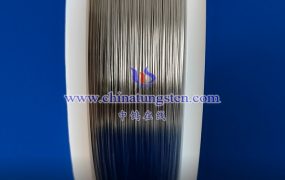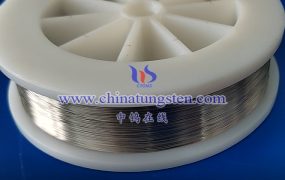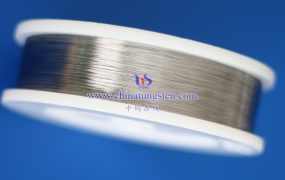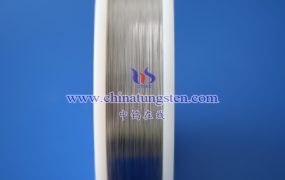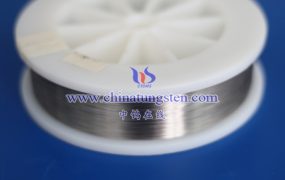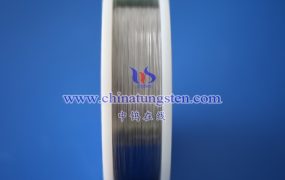To judge whether the tungsten wire has cracks during the cutting process, you can check it by the following methods:
- Visual inspection
Visual observation: After cutting, carefully check the surface of the tungsten wire. If any obvious cracks, scratches or notches are found, it may indicate that cracks occurred during the cutting process.
Magnified observation: Using a magnifying glass or microscope to view the surface of the tungsten wire can more clearly find tiny cracks.
- Surface detection method
Penetrant detection: Use a penetrant detection liquid (such as a fluorescent penetrant) to apply it to the surface of the tungsten wire, then wash it with a detergent, and finally irradiate it with an ultraviolet lamp. Cracks will appear in the penetrant.
Magnetic particle testing: For ferromagnetic materials, magnetic particle testing can be used to observe whether the cracks show obvious signals by applying a magnetic field and magnetic powder.
- Acoustic testing
Acoustic emission technology: Use acoustic emission sensors to monitor the acoustic wave signals of tungsten wire during cutting. When cracks occur inside the material, sound waves of a specific frequency are usually generated, and the occurrence of cracks can be determined by analyzing these signals.
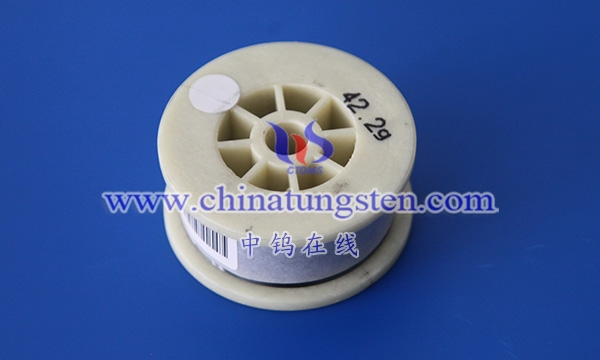
- Mechanical property testing
Bending test: A simple bending test is performed after cutting. If a break occurs under a certain stress, it may indicate that there are cracks inside the tungsten wire.
Tensile test: A tensile test can be performed to determine whether cracks occur during the cutting process by observing whether cracks or breaks occur during the stretching process.
- Microstructure analysis
Metallographic analysis: Observe the microstructure of the tungsten wire through a metallographic microscope to see if there are cracks or defects. This method usually requires the tungsten wire to be sliced.
- Non-destructive testing
Ultrasonic testing: Use ultrasonic testing equipment to emit sound waves and analyze echo signals. Cracks will cause the reflection and scattering of sound waves, which can determine whether there are cracks inside the tungsten wire.
- Crack depth detection
Use a crack depth gauge: Professional crack depth measurement tools can help determine the depth and size of cracks and provide more accurate information.
More details of tungsten wires, please visit website: http://tungsten.com.cn/tungsten-wires.html
Please contact CHINATUNGSTEN for inquiry and order of tungsten needles:
Email: sales@chinatungsten.com
Tel.: +86 592 5129595
